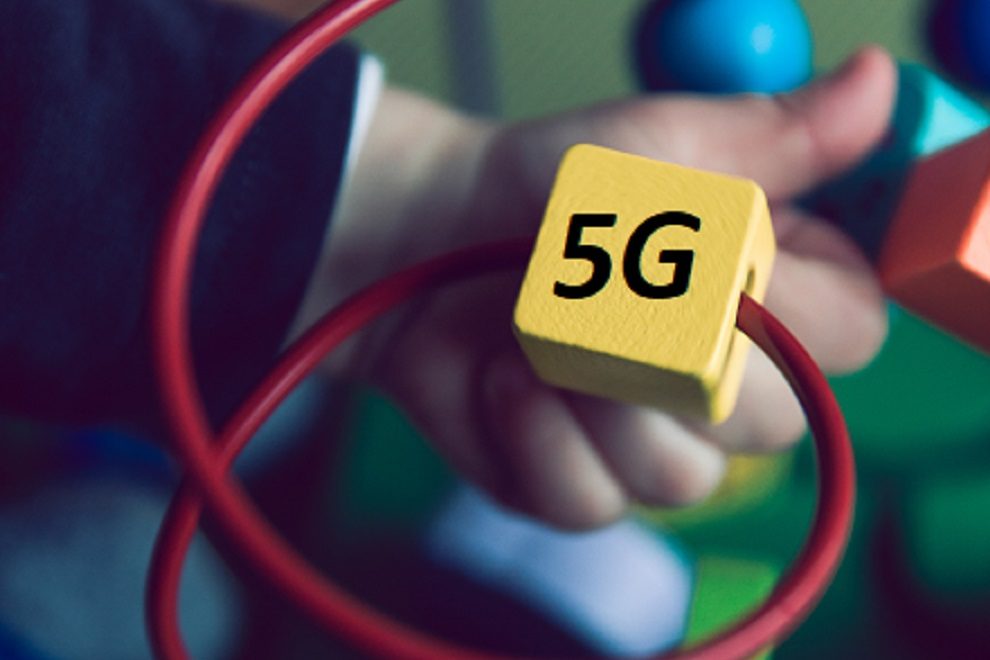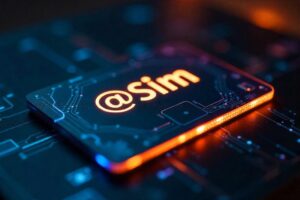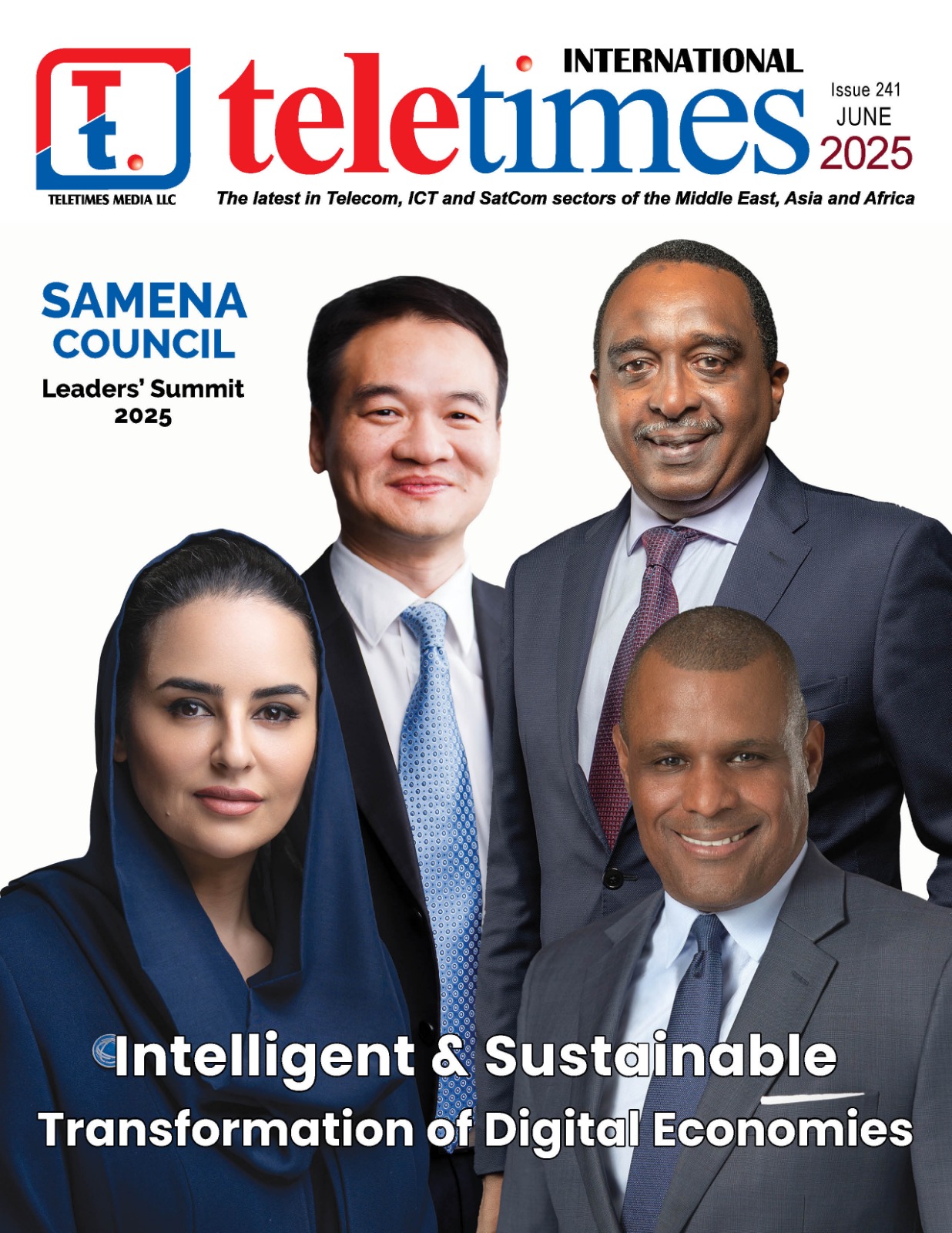Commercialization of the next generation mobile network – 5G is accelerating at a speed beyond imagination, with deployments imminent in the Middle East and the world at large. Undoubtedly, 5G is delivering exponential speed enhancement over the previous generation – 4G mobile network, but speed is not just the only differentiator. 5G also provides significant improvement in terms of reliability, availability, flexibility, and energy efficiency. 5G network’s three key pillars include – enhanced mobile broadband, massive machine type communication, and ultra reliable low latency communication. In addition to being at least 10 times faster than 4G, 5G networks also cuts latency to less than one-thousandth of a second. Moreover, a significant change over the 4G networks is the number of connected devices supported by 5G. 5G’s enhanced density is capable of connecting around million devices per square kilometer without any delay; a feature which makes it a critical enabler for several IoT applications. Moreover, orchestration of 5G along with technologies like network function virtualization (NFV), network slicing, and multi-access edge computing (MEC) has the capability of delivering significant performance benefits across myriads of emerging applications and use cases. Almost every industry vertical will be benefited from the adoption of the next generation 5G cellular connectivity; the education sector is no exception.
Digital transformation of the education sector
Over the past few years, the education sector has been transforming the teaching and learning practices by increasingly leveraging information and communication technology (ICT). This sector has also been witnessing a rapid adoption of cloud computing technologies for hosting and maintaining applications, storage and delivery of educational content, while also reducing the cost of computation. Several educators are utilizing more and more educational video contents in their classroom setup. They are also looking to invest in development of online educational platforms, in order to make learning accessible anytime and anywhere for students.
The growing technology investments in the sector have led to the emergence of an innovative business model – education technology, commonly dubbed as EdTech. It focuses on leveraging emerging technologies like cloud and artificial intelligence (AI) to deliver interactive and multimedia coursework over online platforms. It is significantly beneficial for students who struggle to learn concepts from textbooks. It also provides services to remote areas where students have difficulties in accessing a physical classroom. EdTech can deliver affordable education without compromising on the quality. Development of cloud-based resources like digital libraries and online lectures will be crucial for the success of EdTech. While, 4G is capable of basic data transmission, 5G will provide instantaneous access of cloud services.
Improved digitalization of the sector boosted collection of intelligence data. By analyzing these data, educators will be able to identify new learning patterns and re-design the curriculums to better suit students. It will drive development of a dynamic and intelligent tutoring system, and also help education institutes to make fact-based policies and practices. The legacy hard-wired or WiFi networks in educational campuses are already overburdened with the exponential growth of data traffic. Moreover, these are incapable of meeting the real-time communication requirement of advanced use cases. 5G has the potential to underpin digital transformation of the sector, on the back of its improved performance in terms of speed and latency, and enhanced flexibility while inter-connecting devices.
5G use cases in education:
- Smart classroom and campuses: Educational institutions are increasingly implementing large scale IoT devices; making classrooms smarter and campuses more secure. Smart classrooms are empowered with several connected devices like smart boards or displays, smart handheld gadgets, and more, which provides an engaging, interactive and personalized learning experience for students. Moreover, educational institutes are increasingly looking to enhance the safety and security of campuses by implementing solutions like intelligent video surveillance and student location tracking systems. In addition, IoT solutions like automated attendance systems can potentially help reduce the burden of administrative loads from teachers, and allow them to concentrate more on teaching. 5G has the ability to connect significant number of devices, paving new opportunity for implementing more smart devices in classrooms or campuses. In addition, 5G offers rapid transfer rates with almost unnoticeable delays; making it the choice of network for all smart classrooms and campuses connectivity requirements.
- Access to educational material: Videos has become an effective educational tool for the next generation of students. Educators are increasingly moving towards a blended learning approach by making use of online video, audio, or image based content in the learning process; complementing the traditional teaching techniques. This approach helps students to remain engaged, while, teachers benefit with the access to high quality educational content for supporting their lectures. 5G will provide educators with immediate access to educational databases, along with faster downloading and surfing of videos in a better quality than 4G.
- Greater collaboration: Video conferencing are increasingly used by educational institutes to help students connect with each other as well as teachers in real time regardless of their location. This particularly benefits students of educational institutes located in remote areas, by providing them with the access to better skilled educational faculties. This means that, students can participate in remote classes in real-time, rather than traveling long distances. 5G’s high network bandwidth and ultra low latency will provide a seamless video conferencing experience; facilitating real time collaboration of students, faculties, remote peers, and experts.
- Interactive classroom: Virtual reality (VR) and augmented reality (AR) have become an effective way to provide an immersive learning experience for students. Interactive classrooms powered by AR and VR technologies can generate virtualized 3D models; helping in amplifying engagement and facilitating contextualized learning for students. In addition, AR/VR in education can also facilitate experiential learning, allowing students to understand theoretical concepts in depth and faster. AR/VR applications pose significant demands in terms of both – bandwidth and latency, and 5G network can fulfill these demands efficiently.
COVID-19 triggered remote learning and role of 5G:
Persistence focus of the education sector has been on adoption of ICT solutions for enabling a digital powered education ecosystem. Alongside development of a smart classroom environment, the focus is also on fostering innovations in the area of remote learning and making it more accessible at a larger scale. Remote learning can essentially lower the cost of education by eliminating the need for dedicated physical location, and keeping investments largely limited to technology. Moreover, it can also help in effective utilization of skilled teachers and drive efficiency of education infrastructures. Pre-COVID era saw remote learning gradually taking off in some parts of the world. Nonetheless, closure of schools in the light of COVID-19 has triggered larger scale efforts by education institutes and government bodies globally to adopt and further advance remote learning or distance education. With the ongoing rapid coverage expansion, 5G network will help in driving mass adoption of remote learning and intelligent training programs. 5G through its steady speed will provide consistent access to online educational material and live courses efficiently; and thus enhance remote learning experience for users.
Opportunity for telecom operators:
While digital transformation will continue to reshape the education system; 5G will play a central role in not only advancing the existing digital education systems and but also propelling new innovative use cases. While, proliferation of IoT solutions is driving development of innovative services for the education sector; 5G’s service-based core architecture along with technologies like MEC, network slicing, and NFV will meet the advance connectivity and data processing requirement of these services. 5G along with network slicing technology can create virtual campus networks (VCN), which can ensure maximum device interconnection and enhanced data security in smart educational campuses. Moreover, 5G and MEC can enable low latency connectivity and facilitate data processing at the network edge; advancing services like video processing or AR/VR in education. Telcos have the opportunity to capitalize on these demands by evolving their network to support edge computing services. Moreover, development of edge computing platform by telcos will boost expansion of innovative MEC-based 5G services, which can further help in better monetization of investments. Telcos also have the opportunity to provide customized network connectivity; providing enhanced quality of service (QoS) and quality of experience (QoE) to drive new revenue streams. Telecom operators can also expand into segments beyond connectivity and offer complete IoT solutions like big data analytics, advanced tracking systems etc.
Conclusion and future outlook:
5G along with IoT, cloud computing, and data analytics is facilitating the development of several transformational applications in the education sector. While, there has been a steady uptick in the number of connected devices on smart campuses, adoption of 5G will further improve the potential of IoT integration. 5G will deliver a significant increase in network bandwidth from current networks, which will be particularly beneficial for accessing range of educational materials like instructional videos, applications, and images. In addition, 5G will drive collaboration between students and teachers through video conferencing and also empower VR/AR technologies to provide a more immersive learning experience for students. Going forward, telcos will deepen collaboration with educational institutes and players in the IoT ecosystem to explore new use cases and fully reap the benefit of 5G connectivity in the education sector.
Authored by: Saurabh Verma, Business Head, ICT Gourab Banik, Senior Research Analyst, ICT












